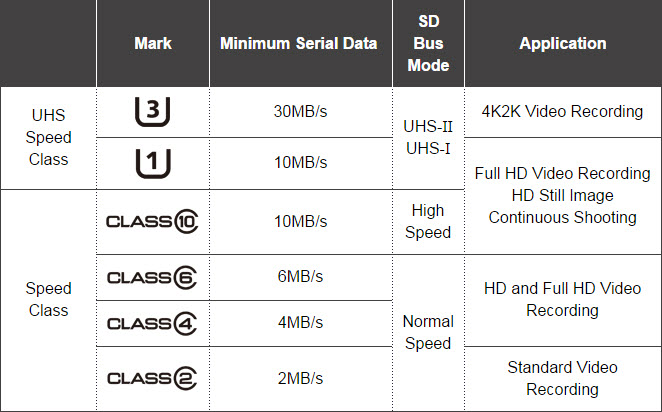When it comes to taking photos there are many factors to consider, what camera to buy, what lenses to buy and of course which bag looks the coolest. However, there is one thing that many photographers don’t consider.
Which SD card should you choose?
Not all SD cards are created equal — there are different makes, speed classes, physical sizes, and capacities to consider. This can be daunting for a first-time buyer, so here are all the differences you need to keep in mind when making your decision.
Generic or Name brand
Most of these chips are made by the same silicon chip fabricator and assembled in China, Taiwan or South Korea and this is where most of the brands come from. So the chances that your generic and name brand are made in the same factory are high, however, the money you save by getting the generic may be lost if it fails and you have no service backup. It is better to get a name brand so that you have recourse if it does fail. You are likely to see very little difference in brands.
Samsung the single largest manufacturer of memory chips in the world and manufactures most of the memory module chips that go into SD cards. There are obviously other manufacturers, but in this arena Samsung is king.
Speed Classes
There are four different speed classes — 10, 8, 4, and 2, with 10 being the fastest, and 2 the slowest. They are measured in MB/s or Megabytes per second.
Class 2 is fine for point and shoot cameras, where you will be shooting single images every now and then. I would not recommend a Class 2 SD card to anyone who has is serious about his or her photography. Classes 4 and 6 are fine for standard definition video recording and JPEG images coming out of most consumer DSLR or mirrorless cameras. If you plan on shooting full HD video or you only shoot on RAW, then a Class 10 card is what you should be looking at.
There are two Ultra High Speed (UHS) speed classes; these are horribly expensive and designed for devices that support UHS. I would only suggest them for professional use.
Physical Size
There are three types of SD cards available, standard, mini and micro. The last two were designed for mobile devices and not cameras. Most consumer and pro digital cameras that are available today will have a standard SD card slot.
[su_pullquote]”Most of the cameras on the market at the moment will support SDHC. In fact, the SD cards you have are probably SDHC cards. SDXC is newer and less common.“[/su_pullquote]There are adapters available that will allow you to plug a smaller SD card into a larger SD card’s form and fit it into the appropriate slot. But as these cards were not designed for camera usage, I would not suggest it. Besides, the smaller they are the easier it is to lose them.
Just like hard drives and USB flash drives, SD cards are available with different amounts of storage capacity. However, this is not the only difference between SD card capacities. Once again, there are 3 different standards. SD cards are available in Standard SDSC (SD), which are 1MB to 2GB in size, SDHC cards that are 2GB to 32GB in size and lastly SDXC, which allows cards 32GB to 2TB in size.
So when you are making the decision to buy an SD card, make sure that you choose the right speed class, size, and capacity for your needs. Be sure to check what your device supports and consider what speed and capacity you’ll actually need. Remember that your precious memories will be created onto these cards, so don’t make your decision based solely on the price.

